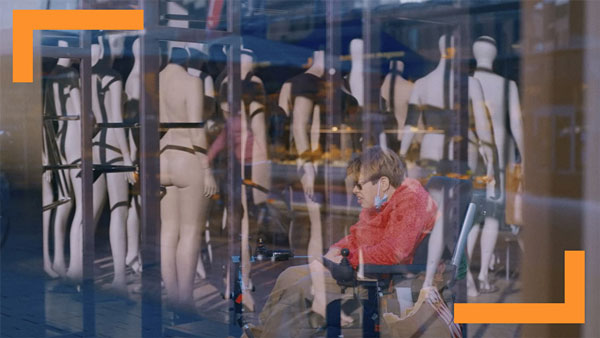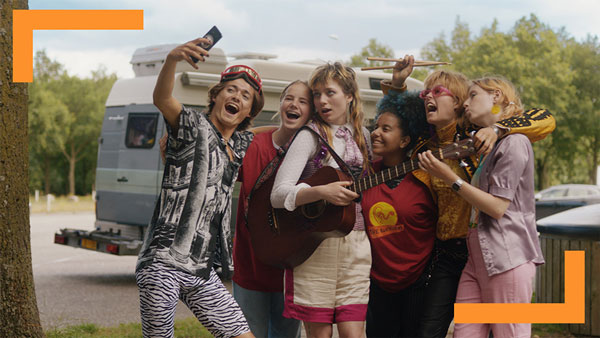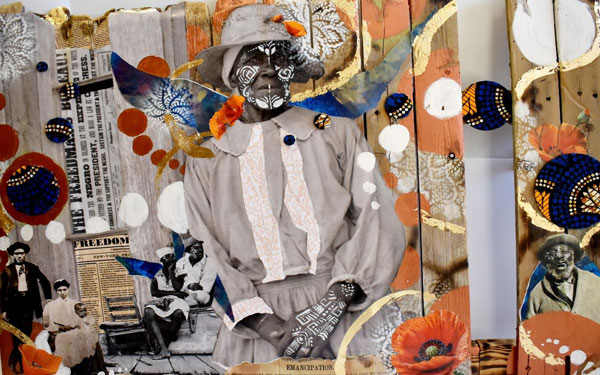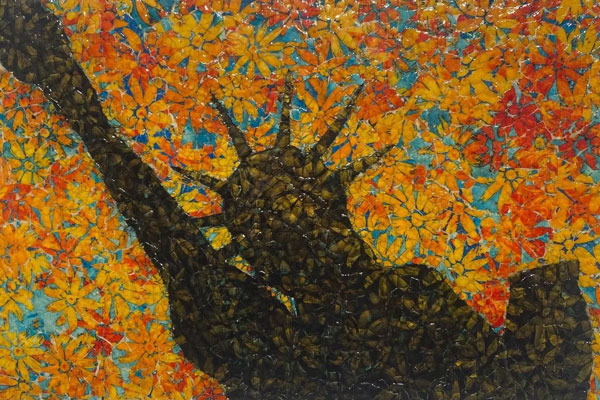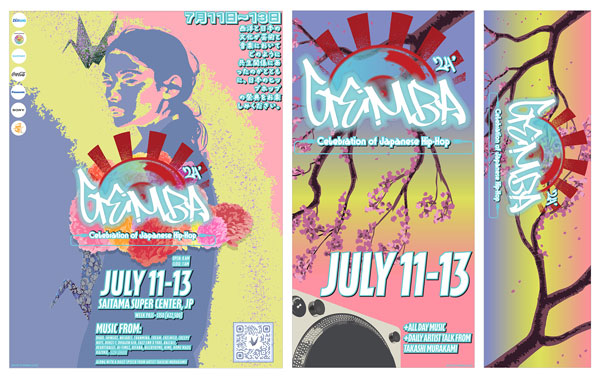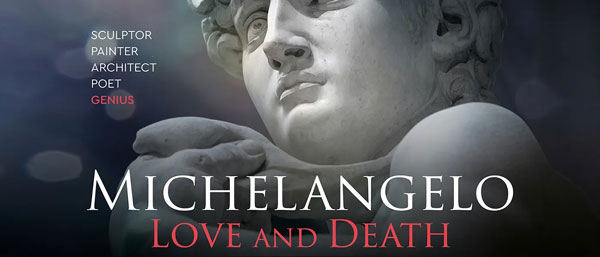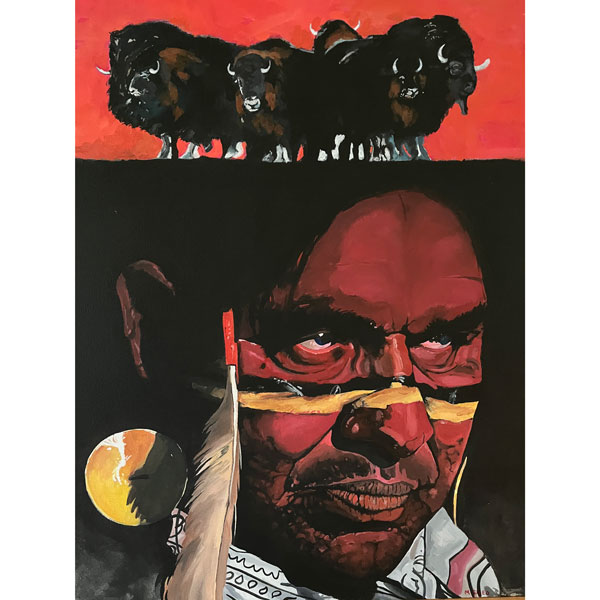originally published: 08/26/2024
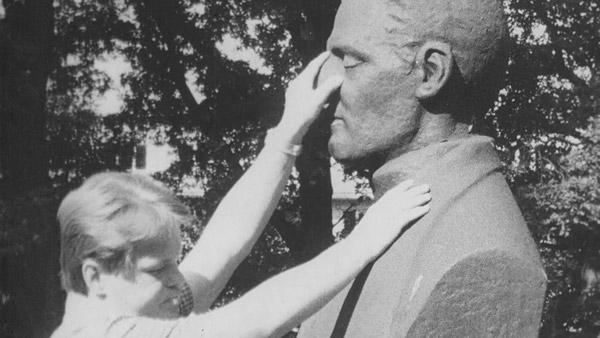
A scene from Emanuel Almborg's 2016 film "Talking Hands" regarding the 1960s Zagorsk School for deaf-blind children north of Moscow. Courtesy of Emanuel Almborg
(NEW BRUNSWICK, NJ) -- Finding your way through a museum or an exhibition can be a straightforward experience with few obstructions – for the able-bodied. That one-size-fits-all approach to art access is upended in Smoke & Mirrors, the main fall exhibition presented by the Zimmerli Art Museum at Rutgers University–New Brunswick. The exhibit, featuring the work of 14 international artists with disabilities, explores "access aesthetics," an artistic genre that considers how artists make inequities in museums more transparent.
Guest curated by Amanda Cachia, a scholar, curator and disability arts activist, Smoke & Mirrors, runs from Wednesday, September 4, through Sunday, December 22, 2024 in the Focus and Voorhees galleries at the Zimmerli, 71 Hamilton St., New Brunswick, N.J. Admission is free.
Zimmerli Director Maura Reilly said she hopes the installation enlightens audiences.
“The exhibition itself that Dr. Cachia organized is literally about access and the ways in which these artists have to deal with barriers in art institutions,” said Reilly, stressing that the museum's accessibility efforts are an integral component of the Zimmerli's mission.
Reilly said the exhibition is a result of a disability “listen and learn” roundtable event the museum hosted in 2022 that was attended by more than 40 people with disabilities from New Brunswick and Middlesex County “with one of the main takeaways being that the community wanted to be represented on the walls of the museum.”
As a result, Reilly said she invited Cachia to curate the exhibition to bring “the most prominent disability activist and curator” in the world to the Zimmerli.
“One of our primary foci at the Zimmerli is ensuring that marginalized and underrepresented artists have a platform,” Reilly said. “So, given that artists with disabilities are not offered as much exposure in the artworld as able-bodied artists, this exhibition is perfectly aligned with a key component of the museum’s vision.
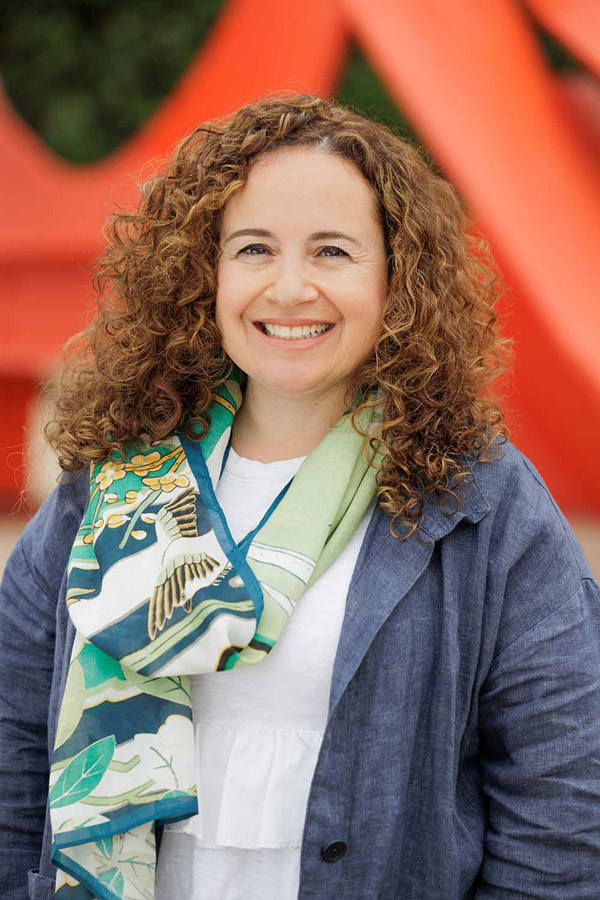
The fall exhibition is guest curated by Amanda Cachia, a scholar, curator and disability arts activist. Courtesy of Amanda Cachia
“The exhibition is all about this idea of access and how the general public takes issues of access for granted,” said Cachia, an assistant professor of arts leadership and the assistant director of the master of arts in arts leadership at the University of Houston. “The exhibition really comes from the perspective of a disabled person or a disabled artist specifically. So, it's trying to make transparent this idea of something that we ordinarily would not notice or take for granted. The general public is suddenly being made more aware, and that's why I use that turn of phrase, smoke and mirrors.”
Cachia, who has a rare form of dwarfism and is 4 feet, 3 inches tall, added: “There's this illusion that we have, that everything is a given in our environment and that it's all made for us, but we don't really think about it. But it's actually false, that there's a truth behind that facade that is being stripped away. For us, the reason it's more important as well is because there's rarely been any exhibitions of that nature that have been held in public art museums across the country.”
Cachia noted how one Dublin-based artist featured in the exhibition, Corban Walker, will install a maze of 30 stanchions (dividers used to create barriers and direct foot traffic) in the museum.
“The artist wants visitors to get lost in the stanchions as a type of maze, so they experience frustration with getting in and out of the artwork, so it presents an obstacle,” Cachia said. “This is because Walker wants visitors to experience the same level of frustration that he experiences when he is negotiating stanchions in museum that present a true impediment to his viewing experience as a man with short stature.”
Nicole Simpson, the associate curator of prints and drawings at the Zimmerli who has worked closely with Cachia on the project, said the guest curator “has gathered together 14 global artists who all have increasing recognition throughout exhibitions and publications.”
“What's great is that it will be a multimedia exhibition,” said Simpson, adding it will include video, drawings, sculptures, some touchable art and some site-specific installations.
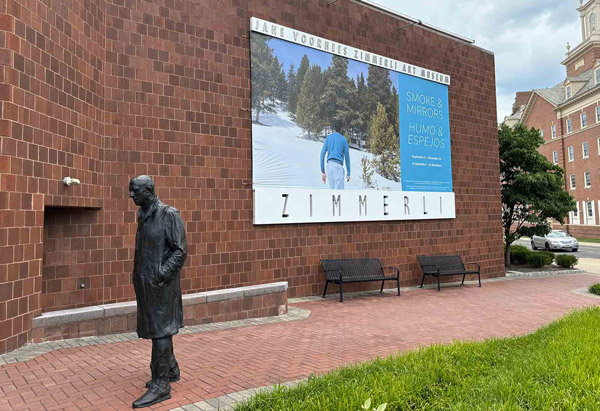
Several events with ties to the exhibition are planned:
* An opening reception, featuring opening statements by Cachia and Reilly, will be on Saturday, September 14 from 4:00pm to 7:00pm. The free event will feature refreshments and a live DJ.
* SparkNight, a free monthly art party at the Zimmerli, will celebrate Disability Awareness Month on Thursday, October 10 from 4:30pm to 8:00pm.
* The museum hosts Art Together: Celebrating Differences on Sunday, October 13 from 1:00pm to 3:00pm.
* Artist JJJJJerome Ellis will hold a performance at the Zimmerli on Thursday, November 21 from 5:00pm to 7:00pm.
* Cachia will hold two virtual events: an artist roundtable on Tuesday, November 5 from 3:00pm to 4:30pm, and a launch for her upcoming book, The Agency of Access: Contemporary Disability Art and Institutional Critique, set on Friday, December 13 from 1:00pm to 2:30pm.
The exhibition is an opportunity for the Zimmerli to enact and implement accessibility practices such as Braille, large print and audio descriptions as well as American Sign Language, museum officials said.
“I have a sister who has a disability and have heard of and seen the obstacles and barriers she faces on a daily basis, including at museums,” Reilly said. “I hope the exhibition will make audiences ponder how many individuals in the course of their lifetime might experience a disability or face physical barriers. When we look at the statistics, one in four people are disabled in this country. There are all types of disabilities – visible and invisible – and the exhibition will demonstrate that. It will also showcase fourteen brilliant artists, and that’s ultimately what most important.”
The Zimmerli received a grant of $180,000 from the Ford Foundation for the upcoming exhibition as well as $29,250 from the Middlesex County Cultural & Arts Trust Fund. Funding support for bilingual text was provided by Art Bridges Foundation’s Access for All program.
Rutgers University–New Brunswick is where Rutgers, the State University of New Jersey, began more than 250 years ago. Ranked among the world’s top 60 universities, Rutgers’s flagship university is a leading public research institution and a member of the prestigious Association of American Universities.
It is home to internationally acclaimed faculty and has 12 degree-granting schools and a Division I Athletics program. It is the Big Ten Conference’s most diverse university. Through its community of teachers, scholars, artists, scientists, and healers, Rutgers is equipped as never before to transform lives.
FEATURED EVENTS
To narrow results by date range, categories,
or region of New Jersey
click here for our advanced search.







